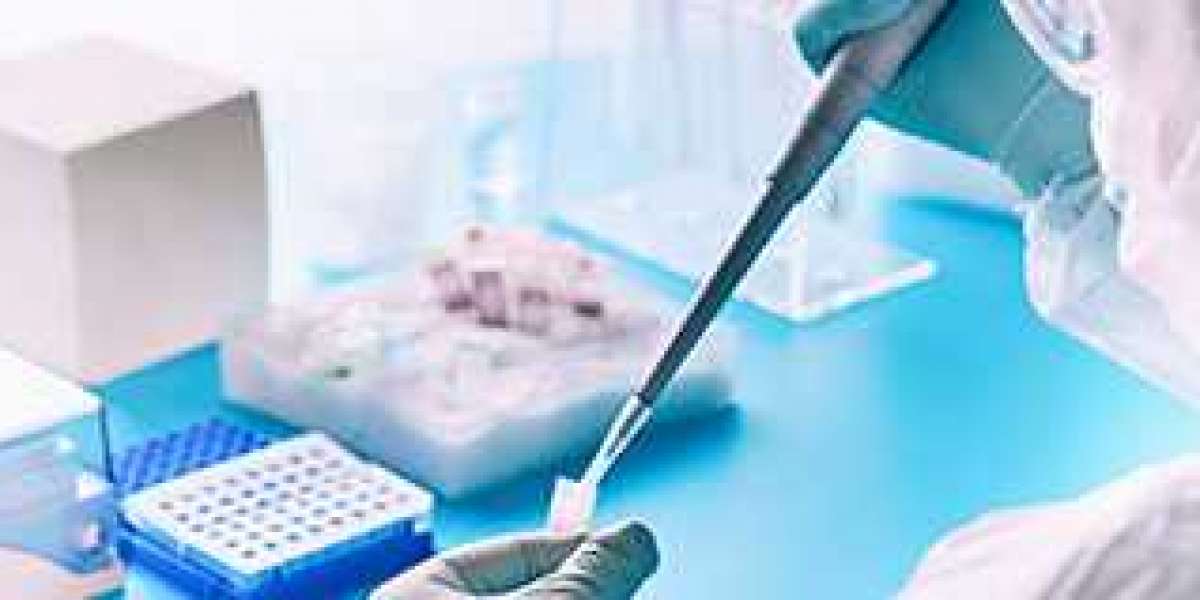Tissue diagnosis correlation is a pivotal aspect of modern medicine, encompassing the relationship between tissue samples and the diagnosis of various diseases. This process involves comparing and contrasting clinical findings, laboratory results, and imaging studies with histopathological analysis of tissue samples. The goal is to ensure accurate diagnosis and appropriate treatment planning. This article explores the significance of tissue diagnosis correlation, its methodologies, and its impact on patient outcomes.
The Role of Tissue Diagnosis
Tissue diagnosis is a critical component of diagnosing diseases, particularly cancers. Pathologists examine tissue samples under a microscope to identify abnormal cells, structures, or patterns. This examination can reveal the presence of malignancies, infections, and other pathological conditions. Accurate tissue diagnosis is essential for determining the nature of the disease, its stage, and the most effective treatment strategy.
Methods of Tissue Diagnosis Correlation
Histopathological Examination
- Procedure: Histopathology involves the microscopic examination of tissue samples that have been processed and stained to highlight cellular structures.
- Correlation: Histopathological findings are correlated with clinical symptoms, imaging results, and patient history to confirm a diagnosis.
Immunohistochemistry
- Procedure: This technique uses antibodies to detect specific antigens in tissue samples. It helps identify the presence of particular proteins that are associated with certain diseases.
- Correlation: Immunohistochemical results are compared with clinical data and other diagnostic tests to provide a comprehensive understanding of the disease.
Molecular Diagnostics
- Procedure: Molecular diagnostics involve analyzing DNA, RNA, or proteins to identify genetic mutations or alterations linked to diseases.
- Correlation: Molecular findings are integrated with histopathological and clinical information to refine the diagnosis and guide personalized treatment.
Radiological Imaging
- Procedure: Imaging techniques such as CT scans, MRIs, and PET scans provide visual insights into the size, location, and spread of disease.
- Correlation: Imaging results are compared with tissue samples to assess the correlation between visible abnormalities and microscopic findings.
Importance of Correlation
Accuracy of Diagnosis
- Improved Precision: Correlating tissue diagnosis with clinical and imaging data enhances the precision of diagnoses. For instance, imaging may identify a suspicious mass, while tissue analysis confirms whether it is malignant or benign.
Treatment Planning
- Personalized Therapy: Accurate correlation ensures that patients receive targeted treatments. For example, specific genetic mutations identified in tissue samples can guide the use of targeted therapies or immunotherapies.
Prognostic Information
- Outcome Prediction: Correlation helps in predicting disease outcomes. Histopathological features, combined with clinical and molecular data, can provide insights into the likely course of the disease and the patient’s prognosis.
Quality Assurance
- Validation: Correlating tissue diagnosis with other diagnostic modalities helps in validating the accuracy of each test and reduces the likelihood of misdiagnosis.
Challenges and Future Directions
Complexity of Data Integration
- Challenge: Integrating diverse data types (clinical, histopathological, molecular, and imaging) can be complex and requires multidisciplinary collaboration.
Advancements in Technology
- Future Directions: Advances in artificial intelligence and machine learning are poised to enhance tissue diagnosis correlation by improving data analysis and pattern recognition.
Personalized Medicine
- Future Directions: Continued development in genomics and proteomics will further refine tissue diagnosis correlation, leading to more personalized and effective treatment strategies.
Conclusion
Tissue diagnosis correlation is an essential process that enhances the accuracy of disease diagnosis and treatment planning. By integrating histopathological findings with clinical, molecular, and imaging data, healthcare professionals can provide more precise and personalized care. As technology continues to advance, the potential for improved diagnosis and treatment outcomes through enhanced correlation techniques will continue to grow, ultimately benefiting patient health and well-being.









